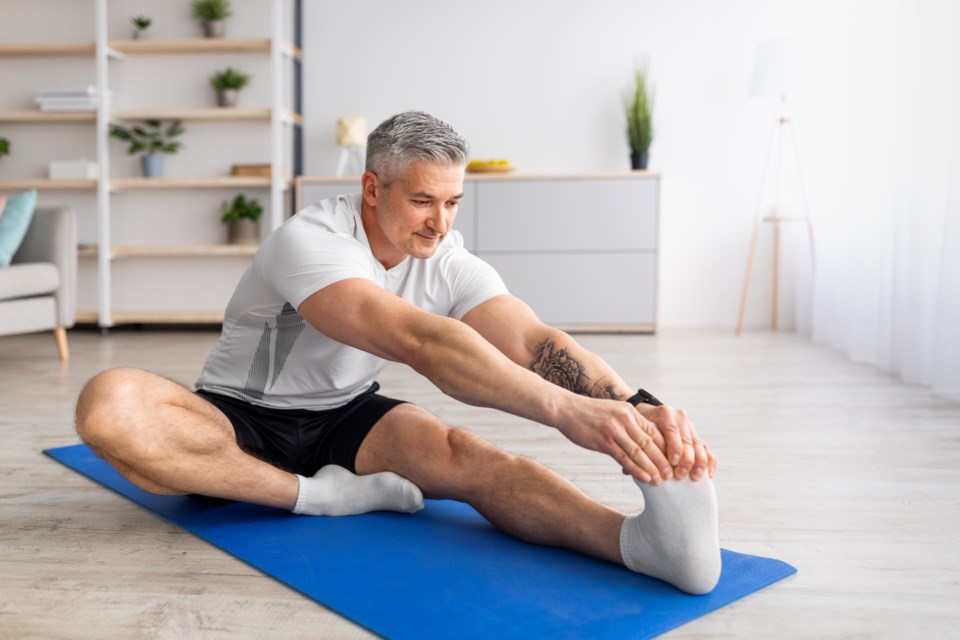Heel pain is an incredibly common problem for many people. According to the Pedorthic Association of Canada, heel pain is one of the most common concerns that Canadian Certified Pedorthists treat.
Josée Gingras, Lead Pedorthist at The Stride Clinic agrees. She says, “Heel pain is one of the most common, if not THE most common issue we see.”
Different Types of Heel Pain
There are a number of different types of heel pain. Plantar fasciitis and issues with the Achilles tendon are both common problems.
“Plantar fasciitis is usually marked by point specific sharp pain on the inside bottom of the heel. It is often painful if the plantar fascia is getting over- or under-stretched and tugs on its origin,” explains Josée. “This can sometimes cause the body to lay down more calcium around the origin to lock it down, which becomes a heel spur. Importantly, it is not the spur that is painful but the tugging that causes the development of the spur that is painful. This means that a plantar heel spur is a SIGN of a problem, not a problem itself.”
She continues, “If the heel is hurting at the back, to bottom, this is often the Achilles tendon pulling on the bone that causes this pain. It can sometimes be swollen and in the same way the body lays down calcium around the plantar fascia origin to lock it in, the body can do the same at the Achilles tendon insertion. This one however can cause rubbing in shoes which makes the posterior heel spur not just a sign but a potential problem in itself.”
Heel pain can be caused by a number of factors, including footwear issues, aging, less than perfect ground conditions, being overweight, and problems with foot mechanics.
Treating Heel Pain
The first step to treating heel pain is to visit The Stride Clinic for an assessment. Josée and her team can properly diagnose foot pain and create a personalized treatment plan.
Treatments can include orthotics, supportive footwear, calf stretching, foot strengthening, massage, compression socks, or night splints.
Avoiding Heel Problems with Stretches
There are a few things that you can do to avoid the problems that cause heel pain. Josée suggests calf stretching to maintain a flexible ankle. Simply bending your toes towards your body can help.
“When you’re sitting in a chair or standing with a flat surface in front of you, prop the ball of
your foot up and lean your knee or hips forward to feel a pull in the back of the leg. This should be held for long enough for the muscle to relax into its new length, usually 45 seconds to 1 minute,” she says.
To learn more about heel pain or to book an assessment, visit The Stride Clinic online or call the Barrie clinic at (705) 735-1013 or the Orillia clinic at (705) 326-5808.
